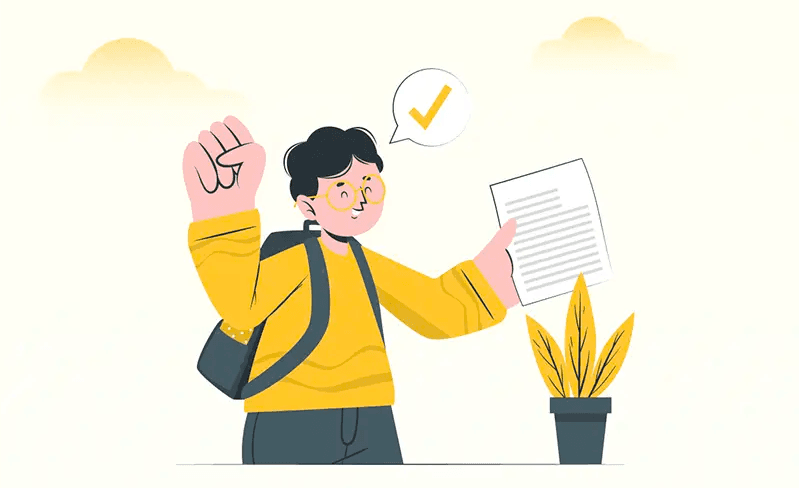Explore Courses
Top University

Jagpreet
20 June, 2024
Table of Contents
Technology plays a huge role in the education industry today. These technologies help learners gain deeper insights and understand an educational concept. Augmented Reality (AR) and Virtual Reality (VR) are two such technologies that will completely shift the paradigm of the education industry.
Virtual Reality (VR) is an altered version of reality that consists of an environment that seems real at the time. One can experience VR through technological devices like glasses or helmets specifically manufactured to help people experience altered reality.
Augmented Reality (AR) helps learners visualise an important part or a difficult concept through technological devices. AR presents images, sounds, videos and graphics within a set environment.
Both these technologies, i.e. AR and VR, make the education experience extraordinarily immersive and engaging for the students, especially in cases where the concept is difficult or not easy to understand. Imagine a scenario where you are studying different types of forests and mountains, and you can actually experience them through these advanced technologies. This interactive experience for the students will be memorable and help them focus better. Through this students will benefit a lot as they will be able to grasp actively rather than just passively take information.
AR and VR help educators to curate the curriculum specific to the needs of individual students. These technologies work by gathering data and analysing it.
By customising content based on student growth and interests, these technologies create personalised learning journeys that meet the needs of students with different abilities and interests.
Students can learn about the world by experiencing them through AR and VR. They are not bound by physical limitations as these technologies can help them transcend any limitation. Students can learn about nature, history, the ocean, etc. by actually experiencing them. VR and AR have brought the world closer for these students.
The inclusion of AR and VR in education prepares students for the digital world. With the increasing adoption of these technologies across industries, students with AR and VR skills will have an advantage in the workforce.
AR/VR enhances the learning experience for students.
It helps children retain information better.
Helps children with learning difficulties.
Encourages self-growth and self-reliance among students
Excellent training tool provides learners with confidence that remote learning is fun and exciting
AR and VR are some of the most powerful tools for making the learning experience immersive. However, as many benefits they might have they also come with their own set of challenges. It is very crucial to navigate these challenges efficiently.
One of the biggest obstacles to AR and VR in education is accessibility. High-end AR and VR equipment costs a lot of money, making it hard for schools with limited budgets to implement AR and VR. Additionally, students from underprivileged backgrounds often don’t have access to devices or the internet, further exacerbating the digital divide.
AR and VR applications often rely on high-end hardware and reliable internet connectivity to deliver smooth experiences. Technical issues, such as slow visuals or broken equipment, can interrupt learning sessions and reduce the impact of these technologies on educators. Additionally, interoperability issues between devices and platforms can hinder learning.
Specialised skills and resources are required to create engaging and educational AR/VR content. Educators must create their own content or work with third-party providers to create content, both of which are time-consuming and expensive. Additionally, content accuracy and relevance across different subject areas is a major challenge, as education standards and curriculum requirements differ significantly.
The use of AR and VR technologies raises ethical and privacy issues, especially when it comes to data privacy and data security. The collection and storage of sensitive information about student experiences with these technologies necessitate strong privacy policies and controls to protect personal information from unauthorised access or abuse. Additionally, educators must educate students on digital citizenship and how to use AR and VR responsibly.
VR headsets, especially when used for extended periods of time, can cause eye strain, dizziness, as well as other health issues. Educators must create safe and responsible AR and VR use guidelines, such as taking breaks, setting usage limits, and setting up AR and VR environments free of hazards and distractions to avoid accidents or injuries.
AR and VR are revolutionising the education industry by offering engaging, inspiring, and entertaining learners. By encouraging AR and VR on a larger platform we are paving the way for new possibilities in learning and teaching. As they evolve they will continue to expand the ways a student can gather education.
Our team of experts, or experienced individuals, will answer it over online meet. Book your slot now!
Book Free Online CounsellingGet Free Career Guidance
